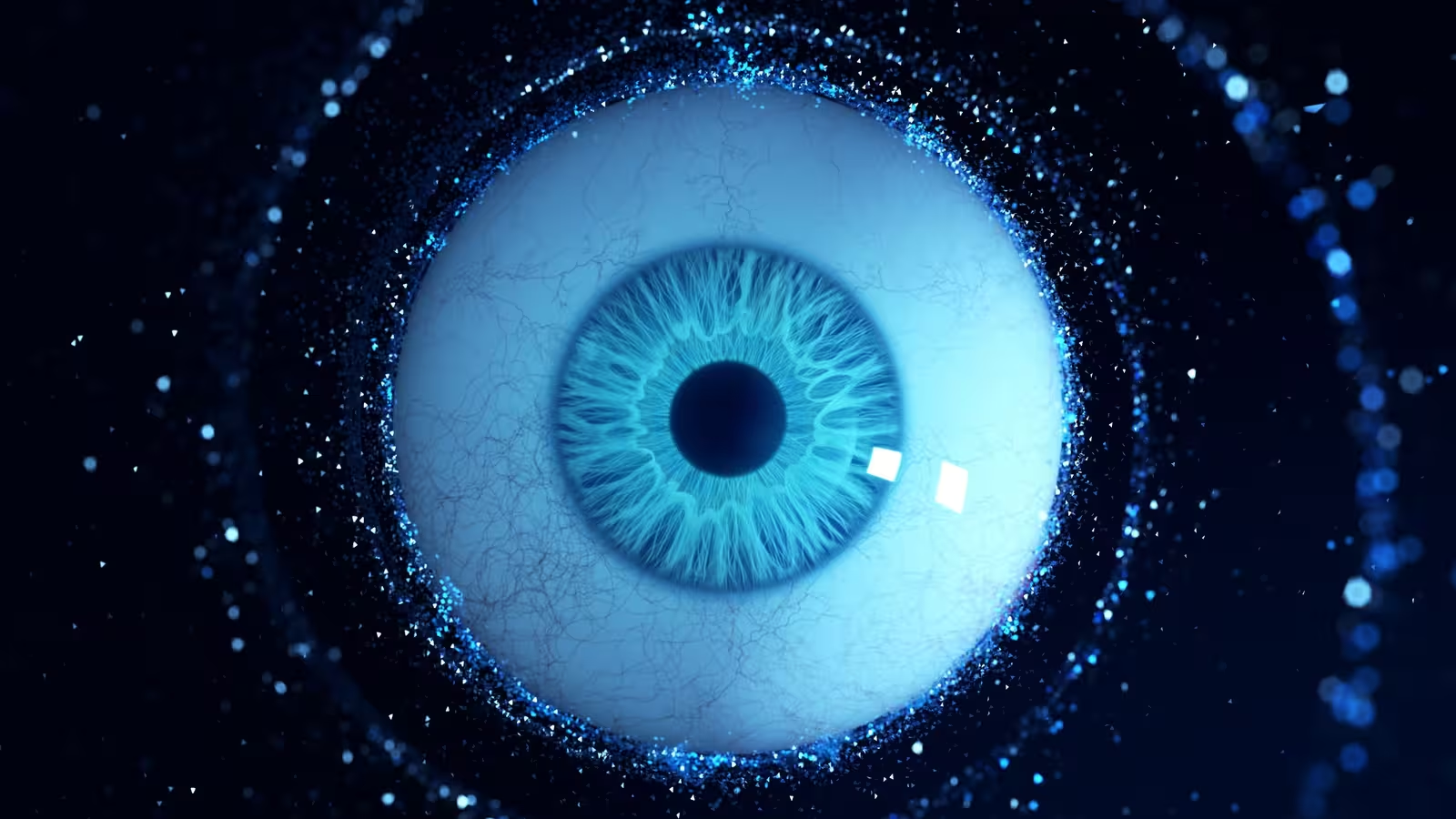4 Minutes
How Your Brain Stabilizes Visual Input in a Chaotic World
Have you ever tried using your smartphone’s camera as a live viewfinder, holding the screen right before your eyes? The disorienting jumble of shifting shapes, colors, and motion highlights just how difficult raw visual data can be for our brains to process. Yet, in everyday life, our perception remains remarkably smooth and stable. What’s the secret tech behind this biological image processing?
Groundbreaking research published in Science Advances by scientists from the University of Aberdeen and the University of California, Berkeley, provides new insight. Their peer-reviewed study introduces a previously unrecognized visual illusion that allows our minds to filter and stabilize incoming visual information—a process crucial not only to how we experience reality, but also to innovations in artificial intelligence and modern camera technology.
The 15-Second Visual Buffer: How Our Perception Lags Behind Reality
Rather than registering every fleeting visual instant, the study suggests our brains average what we see across the last 15 seconds. This creates the illusion of a consistent and static environment, effectively 'smoothing out' the continuous barrage of erratic visual input. This natural buffer helps us avoid feeling dizzy, overwhelmed, or nauseated by the world’s relentless motion.
In an article for The Conversation, the researchers explained: “Instead of analyzing every single visual snapshot, we perceive, in a given moment, an average of what we saw in the past 15 seconds.” In other words, your brain acts as a high-end image stabilization system, optimizing your view for clarity and continuity.
Exploring the Illusion of Visual Stability
Imagine focusing on a distant object: while your eyes lock onto it, they’re actually making countless tiny adjustments behind the scenes. This automatic, gyroscope-like stabilization is surprisingly effective. Despite internal and external disturbances—like lighting shifts, sudden movements, or changes in perspective—the objects you see appear rock-steady and coherent.
Researchers describe how the eye receives a continuous flood of fluctuating images due to these "noise" factors. But our perception irons out those jitters, so changes seem gradual, not abrupt. That smoothing stems from our brain’s built-in visual buffer.
From Neuroscience to Real-World Innovation
This discovery sheds new light on familiar phenomena such as change blindness—when we miss alterations in our environment—and inattentional blindness—when unexpected objects go unnoticed due to wandering focus. Understanding these effects has already inspired technologies like digital video stabilization, noise reduction algorithms, and AI-powered photo enhancement in top smartphone brands.
But the team’s core focus was on a phenomenon called serial dependence, where the brain’s perception is pulled toward previous visual input. Serial dependence means that as we view the world, we unconsciously compare what’s before our eyes with what we just saw, creating a smoothing effect and minimizing disruptive jumps between moments.
Testing the Theory: Morphing Faces and the Limits of Our Visual Memory
To put their hypothesis to the test, researchers ran a series of experiments involving morphing facial images—aging smoothly from young to old and vice versa. When participants judged the age of these faces, their assessments lagged, consistent with the 15-second smoothing window. Even when pauses of up to 15 seconds were introduced, participants’ perceptions remained rooted in the recent past, demonstrating how robust this serial dependence really is.
Impact on Product Features and Technology Design
Modern digital products—especially smartphone cameras and AR/VR headsets—rely on similar image stabilization and data-smoothing techniques to deliver seamless user experiences. Software algorithms emulate the human brain’s ability to blend visual frames, reducing blur and jitter for clearer, more pleasant visuals. Some devices now incorporate neural network-powered video enhancements that actively mimic our biological visual buffering to maintain stability, even in challenging conditions.
This understanding is also crucial for the development of next-gen augmented reality glasses, self-driving car vision systems, and medical imaging tools, each of which needs to manage and interpret vast amounts of fluctuating visual data in real-time.
Advantages and Use Cases
- Enhanced Visual Stability: By leveraging principles of serial dependence, digital devices can render smoother images and videos, improving everything from family photos to professional film production.
- Optimized Algorithms: Video editing software and real-time streaming platforms benefit from noise reduction and jitter correction, delivering a more consistent viewer experience.
- AR/VR Immersion: Extended reality platforms utilize these neuroscientific findings for less motion sickness and greater realism.
Market Relevance and Future Innovations
As user expectations for digital content grow, integrating neuroscience-driven visual smoothing will remain essential. Brands that can best emulate the brain’s instinctual image processing may gain a competitive edge in the high-demand markets of mobile devices, entertainment, and AI-powered imaging.
The next time you replay a shaky smartphone video, remember: your brain is a powerful visual processor, stabilizing everything you see using technology evolved over millennia—one that modern tech continues to emulate and refine.
Source: popularmechanics



Comments